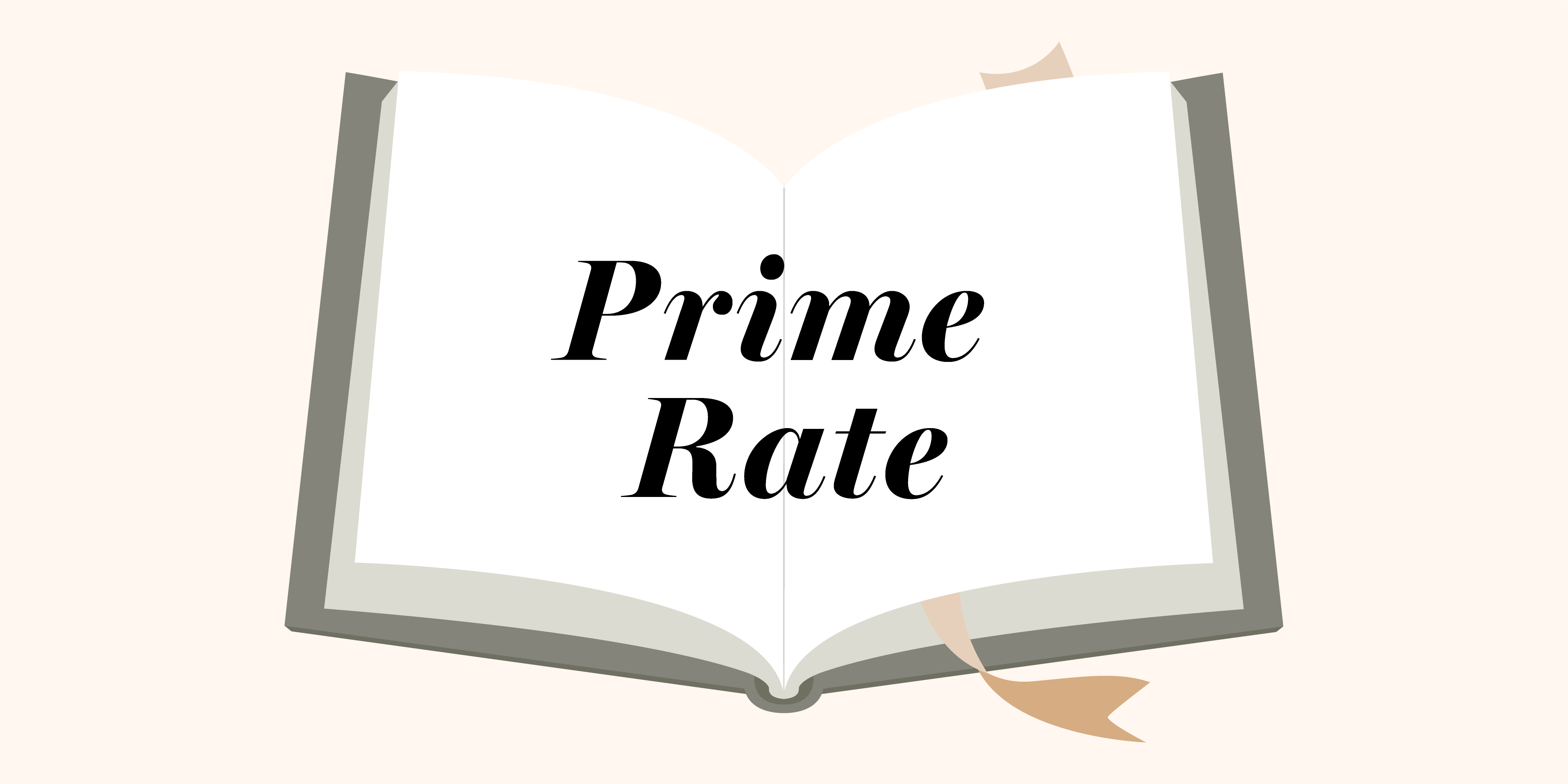One of the most important interest rates is the prime rate, or prime lending rate. The prime rate is a base rate set by financial institutions around the world – anywhere that there is a stable banking sector. It’s used to set the interest rates on consumer lending products, such as credit cards, mortgages, lines of credit and loans, as well as the interest rate paid on bank deposits.
The prime rate is based on the overnight rate, which is the interest rate at which depository institutions (e.g. banks and credit unions) borrow and lend from each other in the overnight market.
The overnight rate typically matches the target monetary policy interest rate set by a central bank. For example, the Bank of Canada and U.S. Federal Reserve set their target interest rate, referred to as the Bank of Canada’s policy interest rate and the U.S. Federal Reserve’s fed funds rate, respectively. These rates are the benchmark cost of borrowing set by each central bank.
The prime rate is higher than the overnight rate, which makes sense for a consumer interest rate, as the highest-rated borrowers – other financial institutions – are able to borrow at the lowest interest rates. While each institution sets their own prime rate, the prime rates posted by the major banks are often identical.
Borrowers with top-tier credit may qualify to borrow at prime. Most people pay an interest rate above prime, with lenders quoting their rates as prime plus a certain percentage that’s usually five per cent, or less. Quoted rates depend on the applicant’s credit score, the amount being borrowed and whether the loan is secured or not, as well as prevailing lending market conditions.
The prime rate is dynamic and tends to change in accordance with central bank monetary policy announcements. The Bank of Canada and Federal Reserve hold regularly-scheduled policy interest rate meetings eight times a year. When the prime rate changes, so too will the associated interest rate on variable-rate loans. The adjustment won’t always match exactly, but usually tracks very closely.
Reviewing statements is important, to ensure borrowers know their rate and are prepared for payment increases when interest rates are rising.





